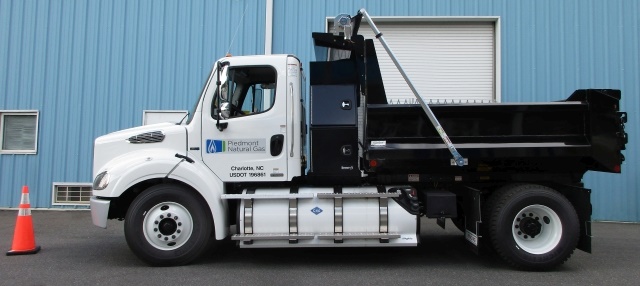24
DEC
CHEVROLET AND ONSTAR HELP KIDS FIND SANTA ON HIS JOURNEY AROUND THE WORLD
DETROIT — Whether you’ve been good or bad, starting Dec. 24, you can follow the big guy’s journey around the globe with the simple push of a button – and for each Santa location request in the United States, a donation will be made to the American Red Cross1.
Chevrolet and OnStar, in partnership with the North American Aerospace Defense Command (NORAD), will provide callers with real-time, location-based updates along with an important reminder: Santa won’t visit your home until you’re fast asleep.
“The holiday season is all about spreading cheer, serving the community and connecting others, and OnStar is a key enabler for that,” said Lois McEntyre, OnStar’s director of Contact Centers Operations. “We receive thousands of Santa Update calls and OnStar advisors love helping callers experience the joys of Christmas.”
In the spirit of the season, OnStar will also donate $1 to the American Red Cross for each Santa Update button push received2.
Details:
- · Santa Update calls can be made anytime between 6 a.m. ET on Dec. 24 through 6 a.m. ET on Dec 25.
- · Chevrolet owners with an active OnStar subscription3 can press the blue OnStar button to request a Santa Update and learn Santa’s current location.
- · OnStar advisors leverage data provided by NORAD to share specific location-based updates on Santa Claus’ annual journey.
- · Eligible individuals without an OnStar subscription can push the blue button to activate a free trial of select OnStar services4by asking for “Three Years on Us.” New subscribers also receive a three-month trial of all OnStar services at no cost.
- · OnStar is dedicated to the safety and security of its subscribers. Advisor staffing will be adjusted to support the increased call volume from Santa Update requests.
ABOUT CHEVROLET
Founded in 1911 in Detroit, Chevrolet is one of the world's largest car brands, doing business in more than 100 countries and selling more than 4.0 million cars and trucks a year. Chevrolet provides customers with fuel-efficient vehicles that feature engaging performance, design that makes the heart beat, passive and active safety features and easy-to-use technology, all at a value. More information on Chevrolet models can be found at www.chevrolet.com.
ABOUT ONSTAR
Launched in 1996, OnStar is a wholly owned subsidiary of GM Holdings LLC (“GM”) and offers emergency, security, navigation, connections and vehicle manager services in Chevrolet, Buick, GMC, Cadillac, Opel and Vauxhall models. Totaling nearly 10 million customers in North America, Europe, China and South America, OnStar offers a range of standard, subscription and a la carte services such as Advanced Diagnostics, Automatic Crash Response, Stolen Vehicle Assistance, OnStar Smart Driver and 4G LTE Wi-Fi.
Launched in 1996, OnStar is a wholly owned subsidiary of GM Holdings LLC (“GM”) and offers emergency, security, navigation, connections and vehicle manager services in Chevrolet, Buick, GMC, Cadillac, Opel and Vauxhall models. Totaling nearly 10 million customers in North America, Europe, China and South America, OnStar offers a range of standard, subscription and a la carte services such as Advanced Diagnostics, Automatic Crash Response, Stolen Vehicle Assistance, OnStar Smart Driver and 4G LTE Wi-Fi.
1OnStar will donate $1 to the Red Cross societies in US, Canada and Mexico for every Santa Update blue button push by OnStar subscribers across US, Canada and Mexico from 6:00 am EST on December 24, 2017 through 6 a.m. EST on December 25, 2017, up to a maximum donation of $10,000.
2The American Red Cross name and emblem are used with its permission, which in no way constitutes an endorsement, express or implied, of any product, service, company, opinion or political position. The American Red Cross logo is a registered trademark owned by The American National Red Cross. For more information about the American Red Cross, please visit redcross.org.
3Visit onstar.com for coverage map, details and system limitations. Services vary by model. Service plan required.
4The OnStar Basic Planais available for three years for new Subscribers of eligible 2011 model year or newer, OnStar-equipped, inactive vehicles. Basic Plan includes Advanced Diagnostics,b Dealer Maintenance Notification, and access to limited vehicle mobile app features.c Basic Plan does not include emergency, security, or Turn-by-Turn Navigation, which require a paid subscription plan. Ability to send a destination to a vehicle's in-dash navigation screen through a smartphone is available in Basic Plan for 2011 model year and newer vehicles with an embedded navigation system. Visit onstar.com for vehicle availability, coverage map, details and system limitations. Offer subject to change and must be redeemed by March 30, 2018.



